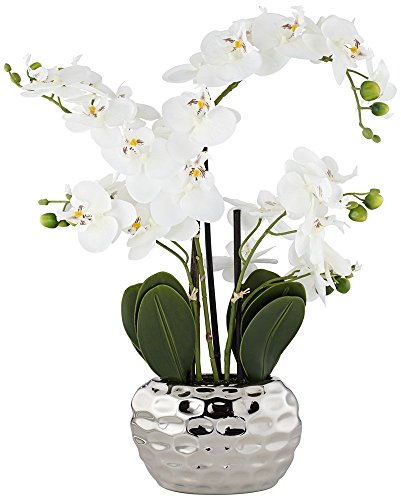I have 2 pots 12 cm with 3 niveums. They are potted in bark, perlite and quarts sand. I used in thei culture since September kelpak and akerne feet, calamag, oyster shells sand and some seaweed. All are derived from 1 pot when I bought it.
The 1 one is in good shape planted alone(see pics) the other one is in bud with 2 yellow leaves ( that’s my concern) and the other one is not growing.
Why they react so differently? They are treated the same way, light, temp at the windowsill? Is there some nutrient deficiency or I have to see roots ….


The 1 one is in good shape planted alone(see pics) the other one is in bud with 2 yellow leaves ( that’s my concern) and the other one is not growing.
Why they react so differently? They are treated the same way, light, temp at the windowsill? Is there some nutrient deficiency or I have to see roots ….



















































